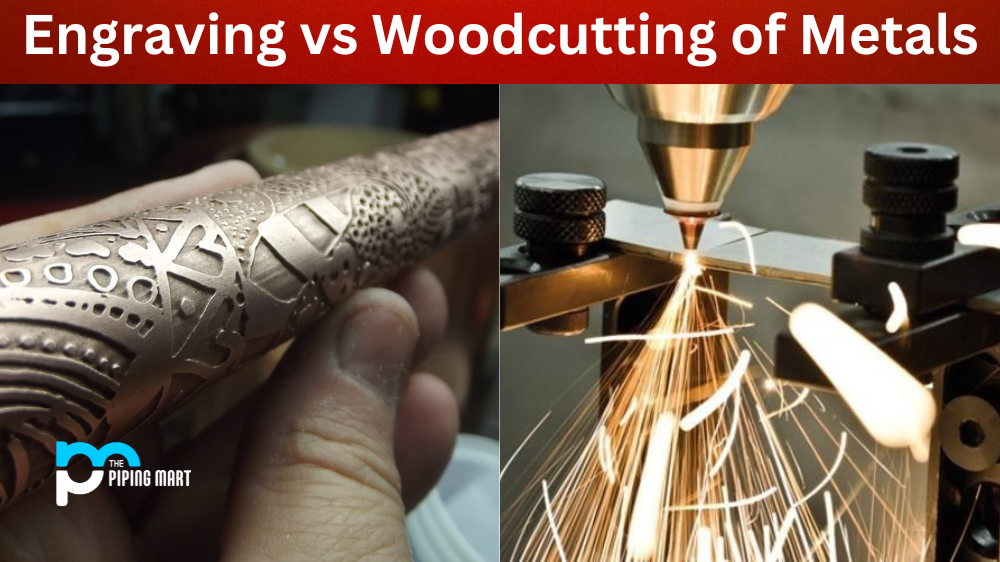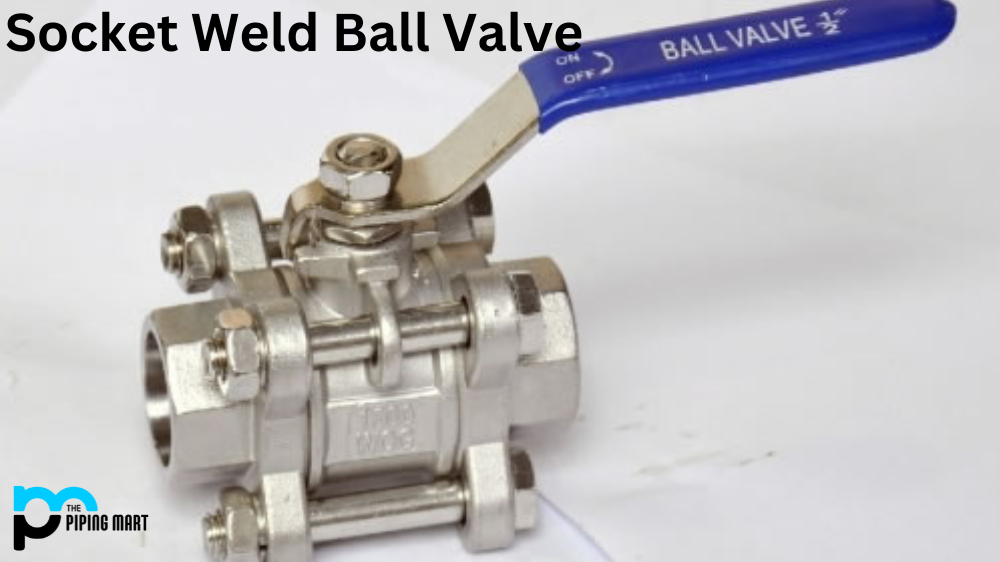Cold welding is a process that joins two metal surfaces without the need for heat or flux. It is a cost-effective way to weld metals and produces strong bonds, making it an attractive option for many industries. But as with any welding process, there are some advantages and disadvantages to consider before using cold welding on your next project. Let’s take a closer look at the pros and cons of cold welding.
Advantages of Cold Welding
The major advantage of cold welding is that it provides strong bonds between two pieces of metal without the need for heat or expensive equipment. This makes it ideal for materials such as aluminum alloys, which are typically difficult to weld using conventional methods. Because cold welding does not require heat, it also eliminates some of the risks associated with traditional welding processes, such as warping or distortion due to high temperatures. Additionally, because there is no need for additional tools or techniques like soldering or brazing, cold welding can be completed quickly and easily in a variety of environments.
No Heat Required
One of the primary advantages of cold welding is that it does not require heat in order to weld two pieces of metal together. This is in contrast to traditional welding methods, such as arc welding, which require temperatures of thousands of degrees in order to weld metal. Cold welding can be performed at room temperature, making it a much safer welding method.
No Sparks or Flames
Another advantage of cold welding is that it does not produce sparks or flames, making it ideal for welding in areas where there is a risk of fire. This is in contrast to traditional welding methods, which can produce sparks that can easily ignite flammable materials.
No fumes or smoke
Cold welding also does not produce fumes or smoke, making it a much safer welding method for both the welder and those nearby. Traditional welding methods can produce harmful fumes that can be dangerous to inhale.
Stronger Joints
Cold welded joints are also typically stronger than those welded using traditional methods. This is due to the fact that cold welding creates a metallurgical bond between the two pieces of metal, as opposed to a mechanical bond. This results in a joint that is less likely to fail under stress.
Less Distortion
Another advantage of cold welding is that it produces less distortion than traditional welding methods. This is due to the fact that less heat is used in the process, which prevents the metal from expanding and contracting too much during the welding process.
Disadvantages of Cold Welding
Despite its advantages, cold welding does have some drawbacks. One major disadvantage is that it only works on non-ferrous metals—metals that do not contain iron—which can limit its usefulness in some applications. Additionally, depending on the type of material being welded, there may be limitations on the size and shape of welds possible with cold welding techniques. Lastly, while cold welding can be used in many environments, it must still be done under controlled conditions; if the temperature drops too low during the process, it can adversely affect the strength of the bond between two pieces of metal.
Requires Specialized Training and Equipment
One of the primary disadvantages of cold welding is that it requires specialized training and equipment. Cold welding is a relatively new technology, and as such, there are not many qualified welders who are able to perform the process. Additionally, cold welding machines can be expensive, which can make the process cost-prohibitive for some companies.
Limited Materials Compatibility
Another disadvantage of cold welding is that it is only compatible with certain materials. Cold welding works best on metals that have a high carbon content, such as steel or iron. However, it can also be used on other materials, such as aluminium, copper, and brass.
Time-Consuming Process
Another downside to cold welding is that it can be a time-consuming process. This is due to the fact that the materials must be cleaned thoroughly before the welding process can begin. Additionally, the weld area must be cooled slowly to prevent cracking or damage to the material.
Not Suitable for Large Projects
Due to the time-consuming nature of the cold welding process, it is not typically suitable for large projects. For example, cold welding would not be an ideal choice for constructing a building or bridge. However, it can be used for smaller projects, such as repairing metal parts or creating jewelry.
Can Be Dangerous
While cold welding is generally safe, there is always a risk of injury when working with any type of welding equipment. Therefore, it is important that safety precautions are taken when performing this type of welding. Additionally, those who are not properly trained in cold welding should not attempt to perform the process themselves.
Conclusion:
Overall, cold welding offers a number of benefits when used correctly and is especially useful in joining certain types of non-ferrous metals together without requiring excessive heat or specialized equipment. However, its limitations should be taken into consideration before deciding whether this process is suitable for your project needs. By understanding both its advantages and disadvantages, you’ll be able to determine whether investing in this type of technology will benefit your business or organization in the long run.

Abhishek is a seasoned blogger and industry expert, sharing his insights and knowledge on various topics. With his research, Abhishek offers valuable insights and tips for professionals and enthusiasts. Follow him for expert advice on the latest trends and developments in the metal industry.




